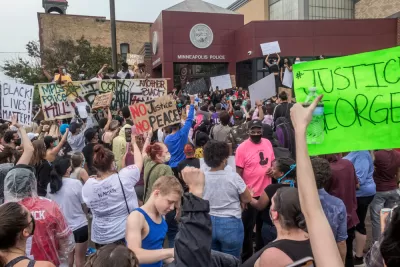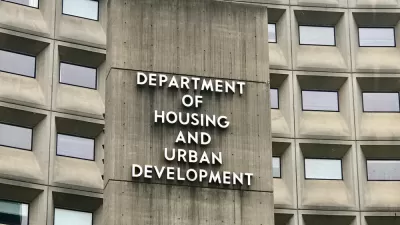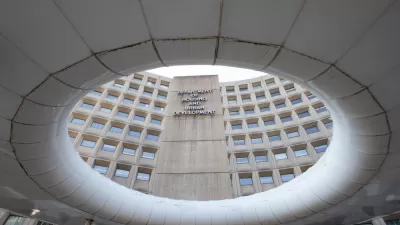The nation's fair housing policies are built on a foundation of assumptions that neglects the community and culture of low-income neighborhoods.

Edward G. Goetz, Anthony Damiano, and Rashad Williams explain the work of a coalition called Equity in Plan to shift the discussion about fair housing in the Twin Cities. According to the article, Equity in Place (EIP) has shifted the discussion about fair housing with a simple question: "Why do we think moving to white neighborhoods will solve our problems?"
The question has its roots in the fair housing battles surrounding disparate impact and affirmatively furthering fair housing, which attempt to overcome a history of discriminatory planning and development policies that concentrated public housing resources in areas of high poverty. EIP makes the case that the fair housing narrative neglects the communal and cultural identity of these neighborhoods.
"EIP first emerged in 2013, in response to the Metropolitan Council’s decennial regional plan, Thrive MSP 2040," according to the article. The regional plan was built on a "a Fair Housing Equity Assessment that, in accordance with HUD’s directives, emphasized the identification of both 'racially concentrated areas of poverty' (RCAPs, later amended by HUD to RECAPs—racially/ethnically concentrated areas of poverty) and 'high opportunity areas,'" according to the article.
EIP organizers created a three-pronged response: regarding narrative, EIP wanted to challenge the dominant storyline that portrays RECAPs as the central problem of regional equity; in policy terms, EIP wanted to challenge the dominant housing strategy that focused on moving people to “opportunity neighborhoods”; and, in political terms, the group demanded a place at the table for low-wealth communities of color when decisions about those communities are being made. Most fundamentally, EIP wanted to redefine regional equity in ways that include “building the economic, cultural, political, human and social capital of the places people of color already call home”
"Between 2013 and 2020, a central element of EIP’s work was investigating the unstated assumptions of this opportunity framework and expressing them in easily understood language," according the article.
A lot more detail on the fruits of that work is included in the source article.
FULL STORY: ‘Opportunity Areas’ Shouldn’t Just Be Places With A Lot of White People

Planetizen Federal Action Tracker
A weekly monitor of how Trump’s orders and actions are impacting planners and planning in America.

San Francisco's School District Spent $105M To Build Affordable Housing for Teachers — And That's Just the Beginning
SFUSD joins a growing list of school districts using their land holdings to address housing affordability challenges faced by their own employees.

The Tiny, Adorable $7,000 Car Turning Japan Onto EVs
The single seat Mibot charges from a regular plug as quickly as an iPad, and is about half the price of an average EV.

Seattle's Plan for Adopting Driverless Cars
Equity, safety, accessibility and affordability are front of mind as the city prepares for robotaxis and other autonomous vehicles.

As Trump Phases Out FEMA, Is It Time to Flee the Floodplains?
With less federal funding available for disaster relief efforts, the need to relocate at-risk communities is more urgent than ever.

With Protected Lanes, 460% More People Commute by Bike
For those needing more ammo, more data proving what we already knew is here.
Urban Design for Planners 1: Software Tools
This six-course series explores essential urban design concepts using open source software and equips planners with the tools they need to participate fully in the urban design process.
Planning for Universal Design
Learn the tools for implementing Universal Design in planning regulations.
Smith Gee Studio
City of Charlotte
City of Camden Redevelopment Agency
City of Astoria
Transportation Research & Education Center (TREC) at Portland State University
US High Speed Rail Association
City of Camden Redevelopment Agency
Municipality of Princeton (NJ)





























